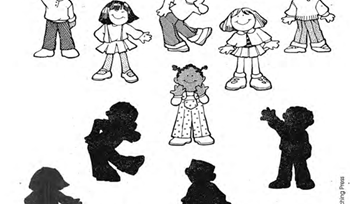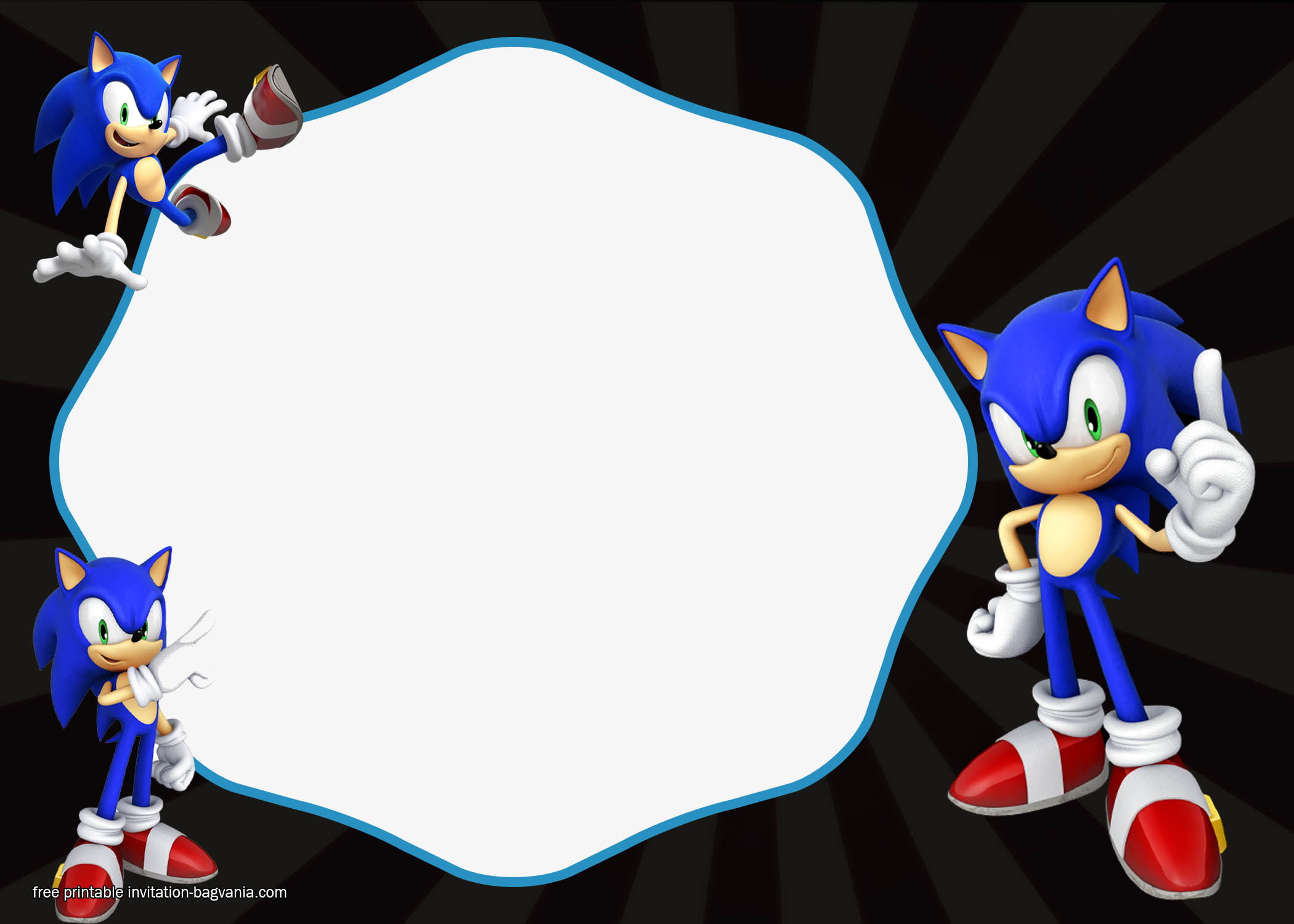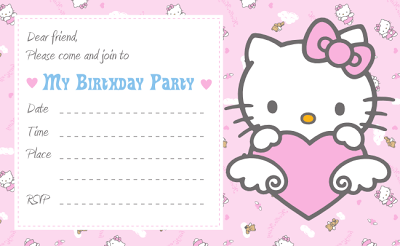Shadow matching is a fun and educational activity that helps young children develop important visual recognition skills. By matching objects to their corresponding shadows, kids engage in critical thinking and enhance their ability to understand shapes, sizes, and spatial relationships. This simple yet effective activity offers a range of developmental benefits, from improving attention to detail to boosting cognitive abilities, making it an ideal activity for preschoolers and early learners.
Tailoring shadow matching to different age groups is easy and can be done by adjusting the complexity of the shadows or the number of objects to match. For younger children, you can start with bold, simple shapes and fewer options, while older children can work with more intricate shadows and a larger variety of objects. This activity is a great way to engage children in a group setting, allowing for teamwork and collaboration as they help each other identify and match shadows.
To top it off, it is a great activity to do together when you are hosting a playdate for children of similar ages. They will have a lot of fun working together to finish the task. So you might want to invite other parents with young children to get together and do this shadow matching activity. In this article, you will find some really good resources to get you started and some invitation templates for your group activity!
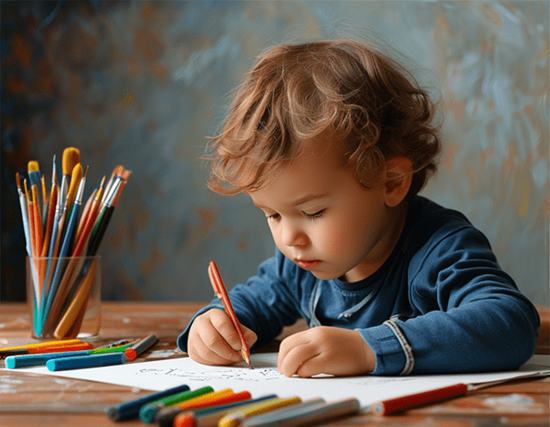
Benefits of Shadow Matching Activity for Children
First off, let’s talk about the benefits of this activity for young children. A lot of times, we go into the activity without knowing the benefits. Knowing the benefits of a specific activity will help you cater to your child’s needs. So here are the key benefits of this activity:
Visual Perception and Attention to Detail
Shadow matching helps children develop visual perception skills by requiring them to identify and match objects with their corresponding shadows. This process trains children to focus on key details, such as shapes, sizes, and orientation, which are essential for their cognitive growth. By practicing this activity, children learn to notice subtle differences and similarities, which improves their attention to detail and enhances their ability to observe and analyze the world around them.
Cognitive Skills and Problem-Solving
Matching shadows stimulates critical thinking and problem-solving abilities. Children must think logically to connect an object with its shadow, analyzing the shape, size, and direction of the shadow. This encourages them to use their reasoning skills and make connections, laying the foundation for more complex thinking as they grow. The activity also strengthens memory as children recall which shapes match specific shadows, improving their ability to retain and retrieve information.
Hand-Eye Coordination and Fine Motor Skills
Shadow matching activities often involve physical manipulation of objects or moving pieces to match shadows, which helps develop hand-eye coordination and fine motor skills. Children must use their hands to position objects or match cards, and this requires both precision and control. These motor skills are essential for a wide range of other activities, from drawing and writing to using utensils and dressing independently.
Spatial Awareness
Shadow matching enhances spatial awareness, which is the understanding of how objects relate to one another in space. By comparing objects to their shadows, children learn about orientation, distance, and position, which are important skills in daily life. This activity helps children develop a mental map of how things fit together in space, improving their ability to navigate their environment and perform tasks that require spatial reasoning, such as building with blocks or solving puzzles.
Language Development
As children engage in shadow matching activities, they are often encouraged to verbalize their thoughts, which promotes language development. For example, children might describe the shape of the shadow, identify which object it belongs to, or explain why certain shadows match. This builds vocabulary and communication skills, as children learn new words related to shapes, colors, and sizes, and practice forming clear, descriptive sentences. This aspect can be boosted when the activity is done together as a group!
Shadow Matching Worksheets for Different Age Groups
Tailoring to different age groups and developmental stages is quite important when we are offering activity worksheets for young children, as we do not want them to get frustrated when they cannot complete the task or to get bored and lose interest because the tasks are too easy. So here are some tips and some worksheets that will suit the needs of children of different age groups.
Simple Shapes For Toddlers (Ages 2-3)
For toddlers, shadow matching should focus on simple, bold shapes and clear, easily identifiable objects. Use larger, basic shadows that match simple figures, such as a ball, square, or triangle. Limit the number of options to just two, three or five. This worksheet from Fun Learning Hub is a great one to start with.
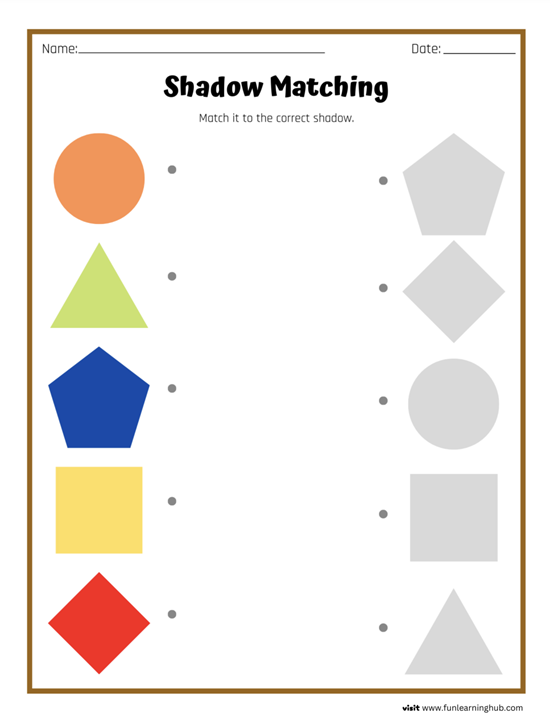
At this stage, the child does not need to use writing instruments to draw lines, you can start by encouraging them to point to the correct shadow or use their hands to physically place objects next to their shadows. This age group benefits from direct, hands-on interaction, so keeping the activity short and visually straightforward is key to maintaining their interest.
Animals and Everyday Items For Preschoolers (Ages 4-5)
Preschoolers are ready for slightly more complex shadow matching activities. You can introduce more varied objects, such as animals, everyday items, or familiar characters. Increase the number of shadows to match, but keep it manageable by offering four to six options. We’ve got some sample worksheets that you should look at, these worksheets are fun and engaging. One of them is from 15 Worksheets that uses different items from around the house, you can also do some cut-and-paste work with this one!
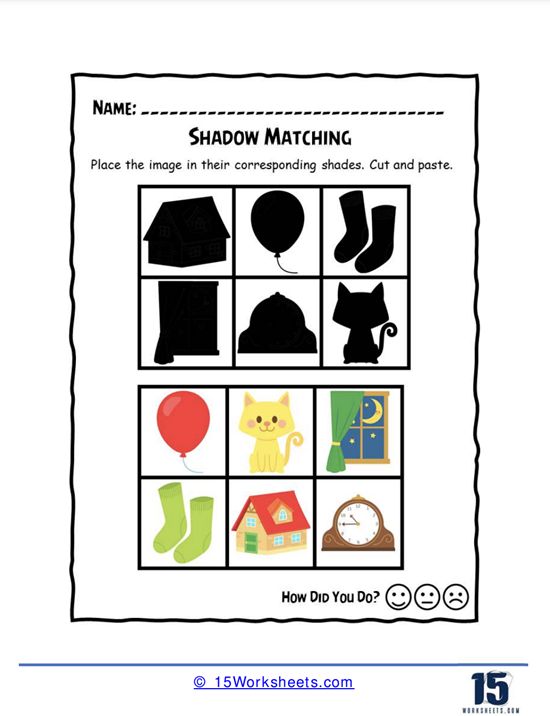
This worksheet from Kiddo Worksheets is another great one, using different types of animals, providing more complex shadows that will require them to pay a little extra attention to the details. At the same time, the kids can learn the names and recognize these different animals.
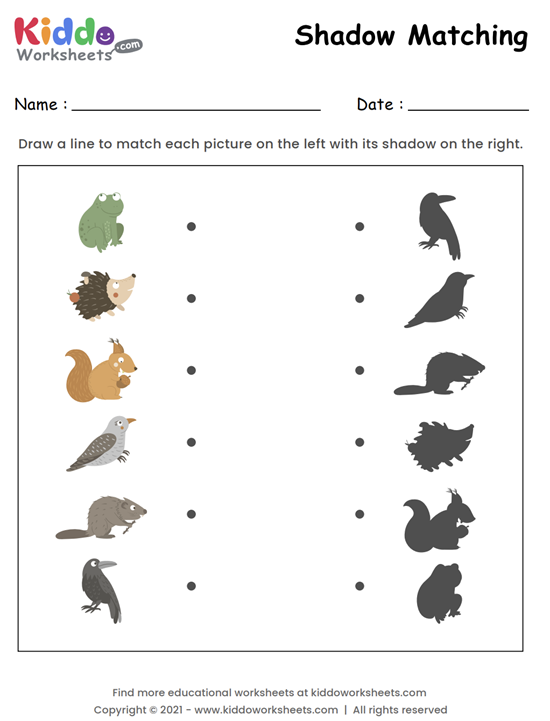
The shadows can be slightly less obvious, incorporating some distortion in size or angle, which challenges the child’s ability to pay attention to detail. You can also ask questions like, “Why do you think this shadow matches this object?” to encourage critical thinking and verbal skills.
More Complex Shadows For Early Elementary (Ages 6-7)
For early elementary children, shadow matching can include more intricate objects and a greater variety of shapes. The shadows can be more complex, with objects in different orientations or partial shadows that require children to think carefully about which one fits best. This is a great worksheet from Semesta Ibu that uses different shapes of leaves, making it more difficult to find the shadows.
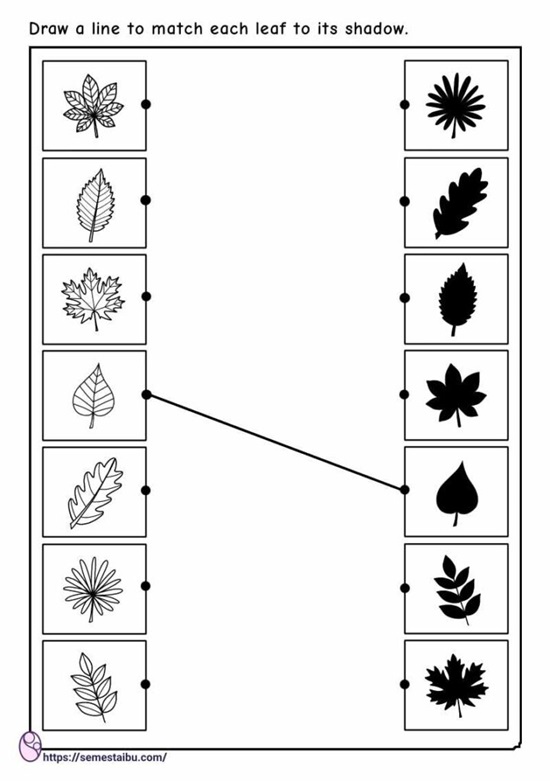
Another one is from Love to Teach, your young learners will need to match shadows of different children with different poses. When doing this exercise they are really practicing to pay close attention to details and visual perceptions.
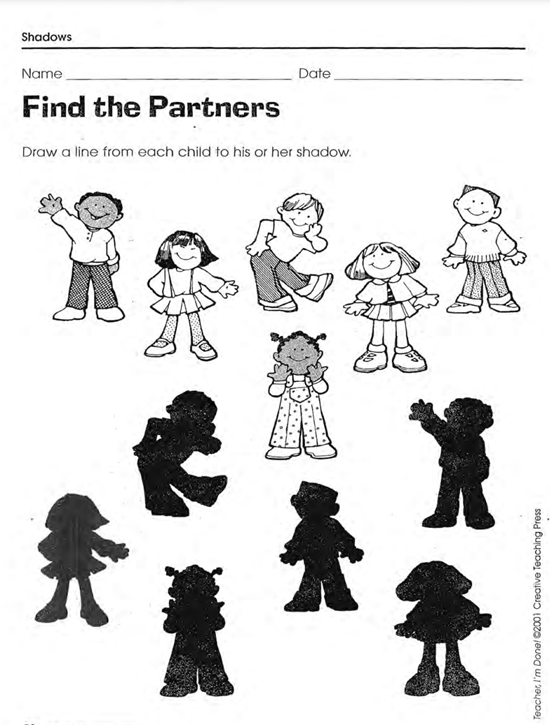
Inviting Other Parents with Young Children
Having a group activity can give a whole bunch of other benefits for your child’s social skills, so why not invite other parents with young children to do this activity together? It encourages teamwork, communication, and collaborative problem-solving, making it ideal for group settings. This cooperative element not only makes the activity more engaging, but it also provides opportunities for social interaction, allowing kids to practice important social skills like taking turns, sharing, and working together towards a common goal.
To invite other parents with young children to participate, you can highlight the benefits of the activity and emphasize how it fosters both fun and developmental growth. Here’s how you can invite others:
- Host a Playdate or Group Activity: Organize a shadow matching event at a local park, community center, or in your home. Share the event details with parents in your network, on social media, or in local parenting groups. Mention how the activity can help children develop cognitive skills, improve coordination, and promote teamwork.
- Create an Invitation: Design an appealing invitation that showcases the activity and its benefits. Include a brief description of what shadow matching involves, and emphasize how it’s both fun and educational for kids. Encourage parents to bring their little ones and share the experience together. And we’ve just got some fun invitation templates that you can download for free! Check them out right here: 8+ Cute Cartoon Airplane For Boys Birthday Invitation Templates
Incorporating shadow matching into group activities offers a unique opportunity for children to develop key cognitive, motor, and social skills while having fun. Whether you’re organizing a playdate, a community event, or a classroom activity, shadow matching is a simple yet effective way to engage young children in learning through play. It encourages them to observe closely, think critically, and collaborate with their peers, making it an enriching experience for everyone involved.
Inviting other parents to join in the fun is a wonderful way to build a sense of community and share in the joy of seeing children grow and learn together. By highlighting the benefits of shadow matching and making it an interactive, group-oriented event, you can create a positive and supportive environment for both children and parents. Whether through social media or local gatherings, extending the invitation to others helps foster connections and provides more opportunities for children to learn in a collaborative, encouraging setting.
